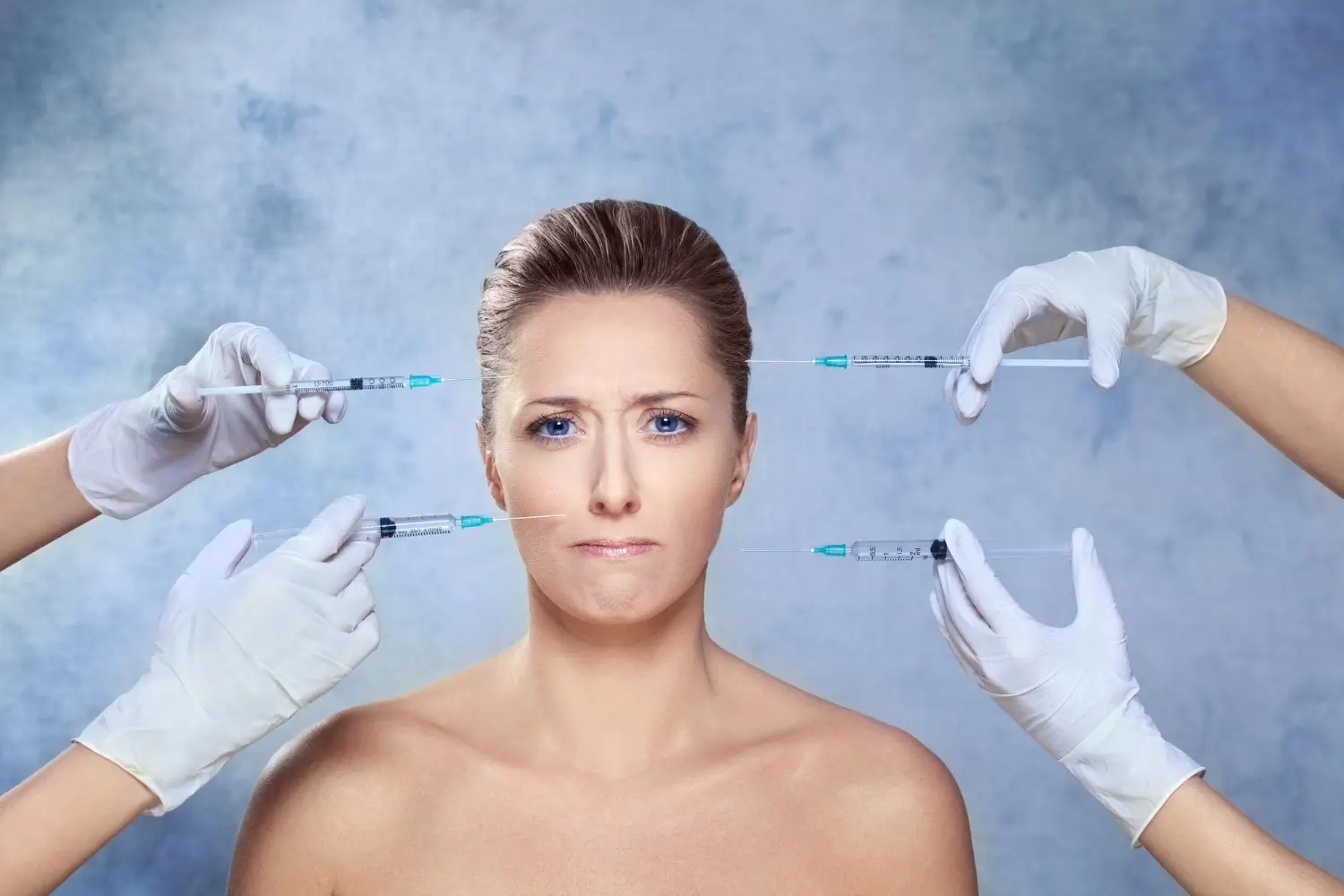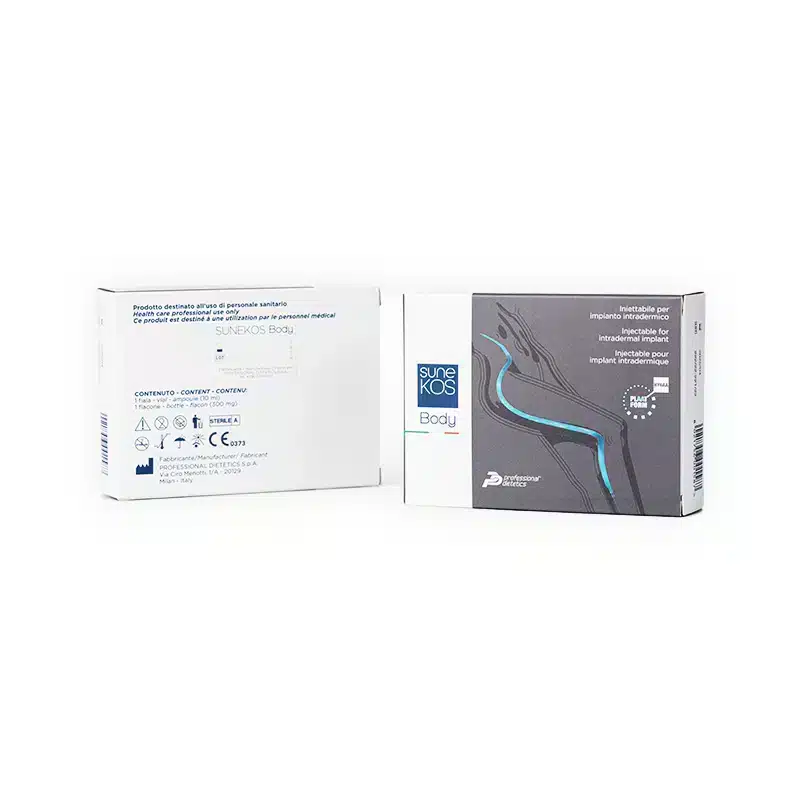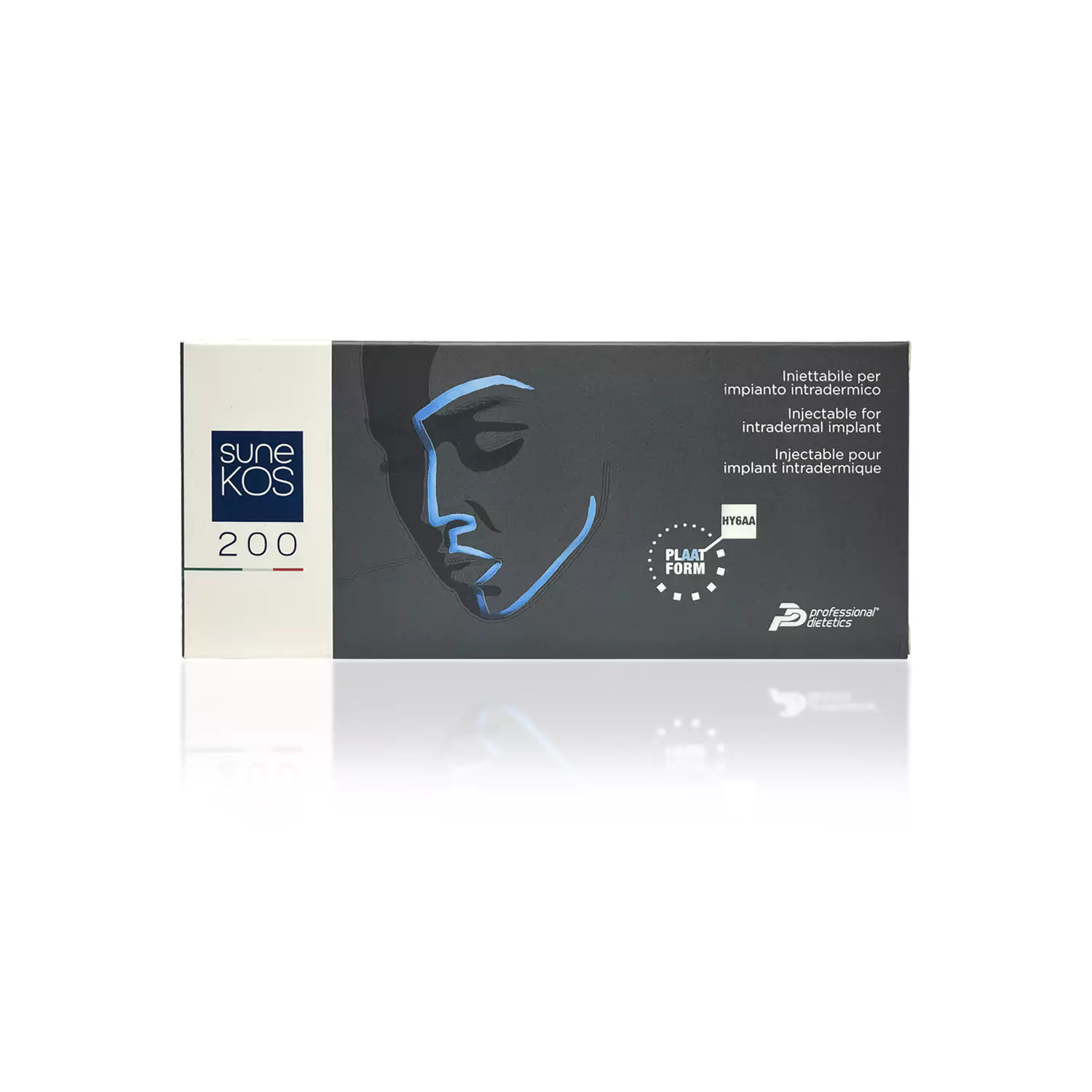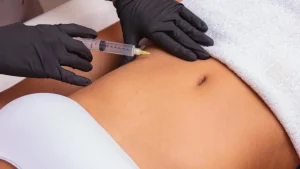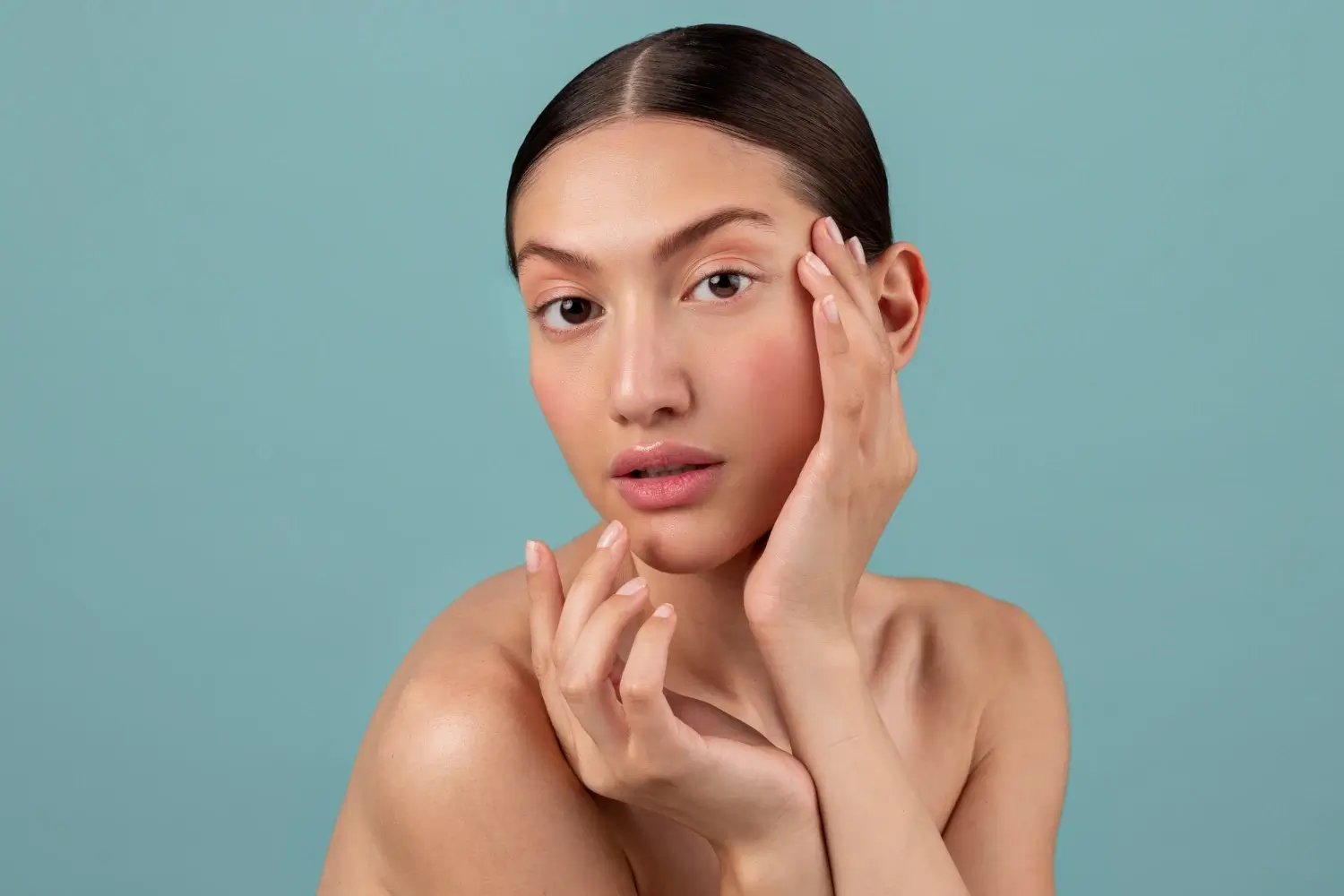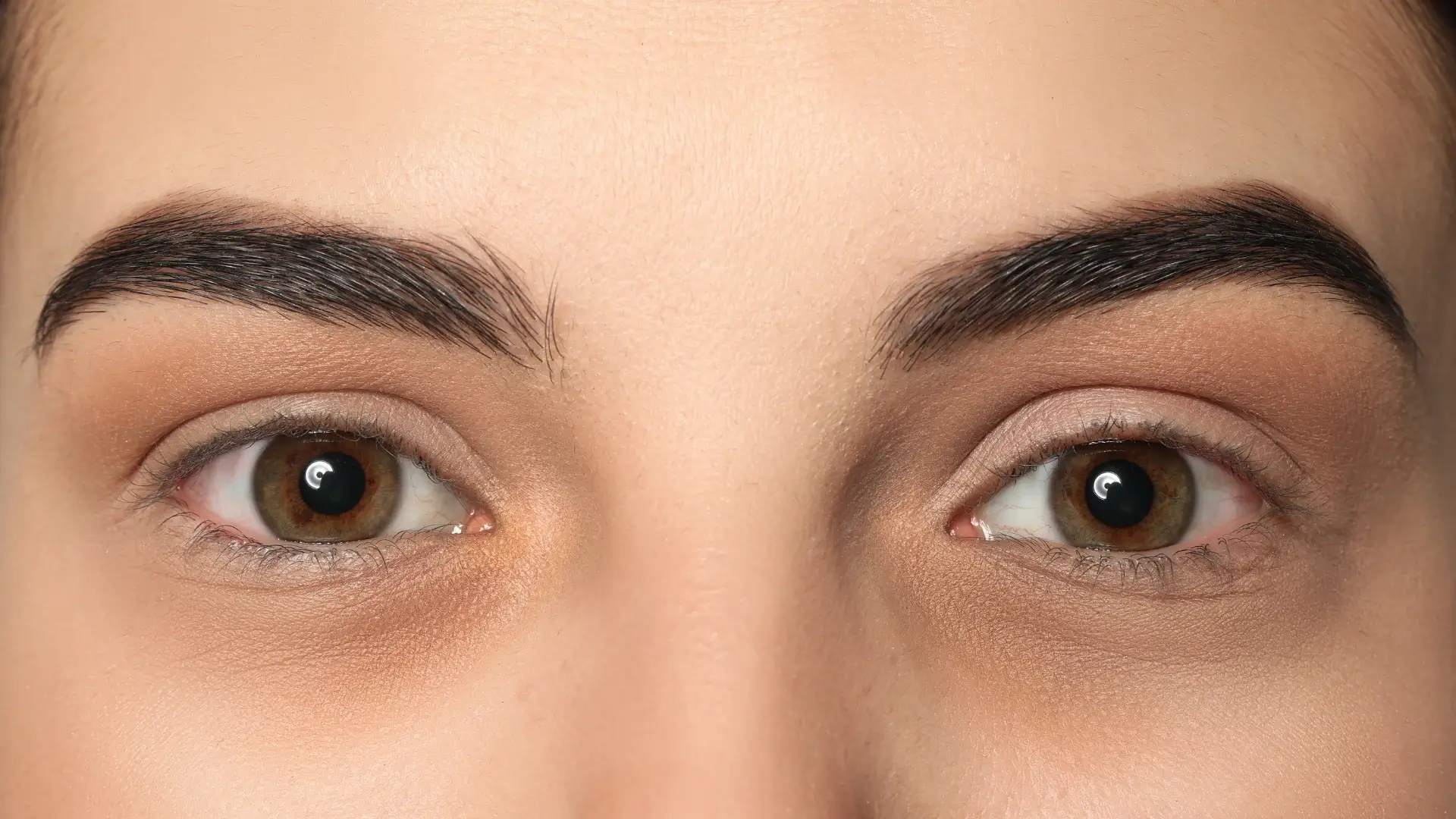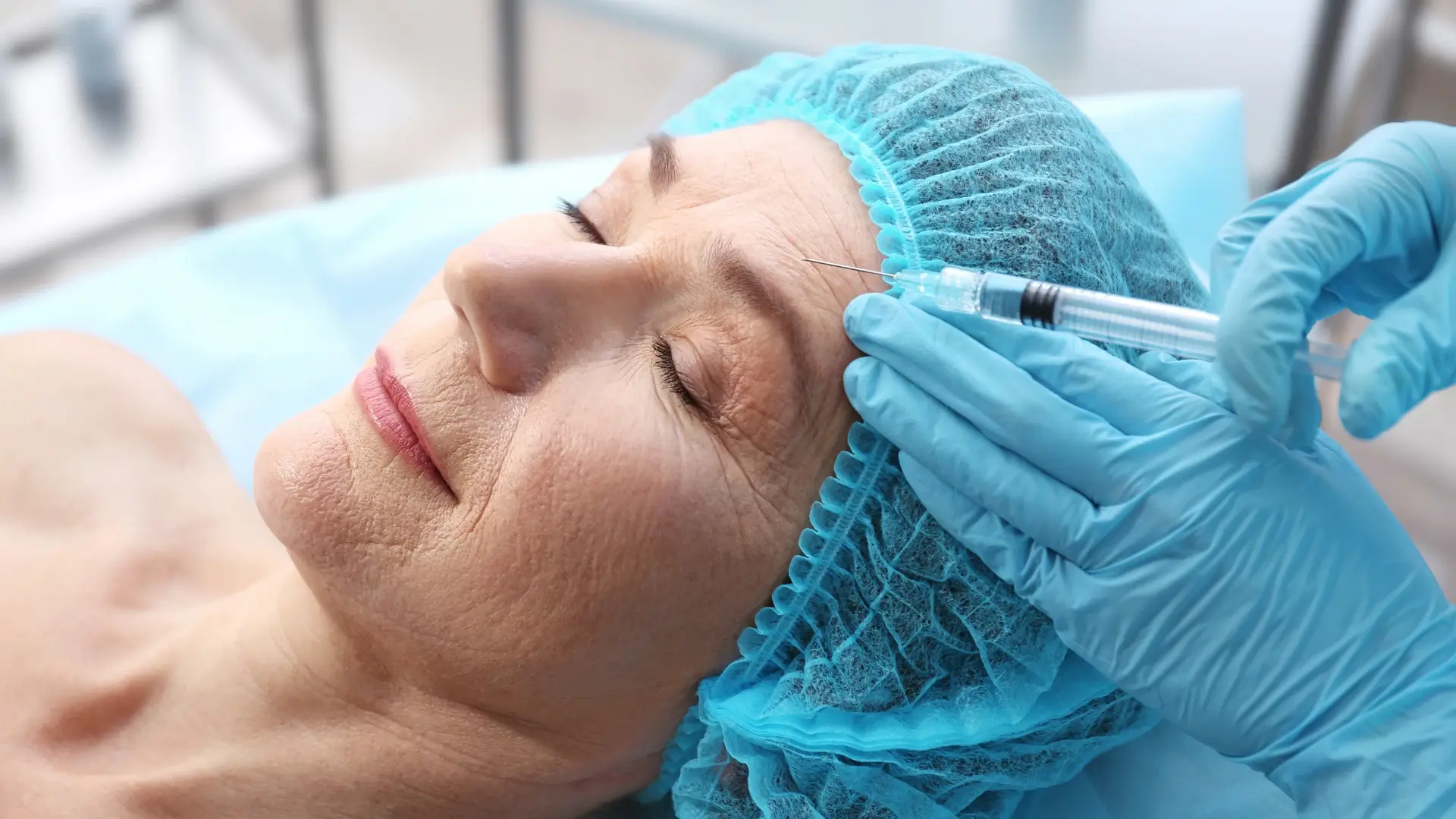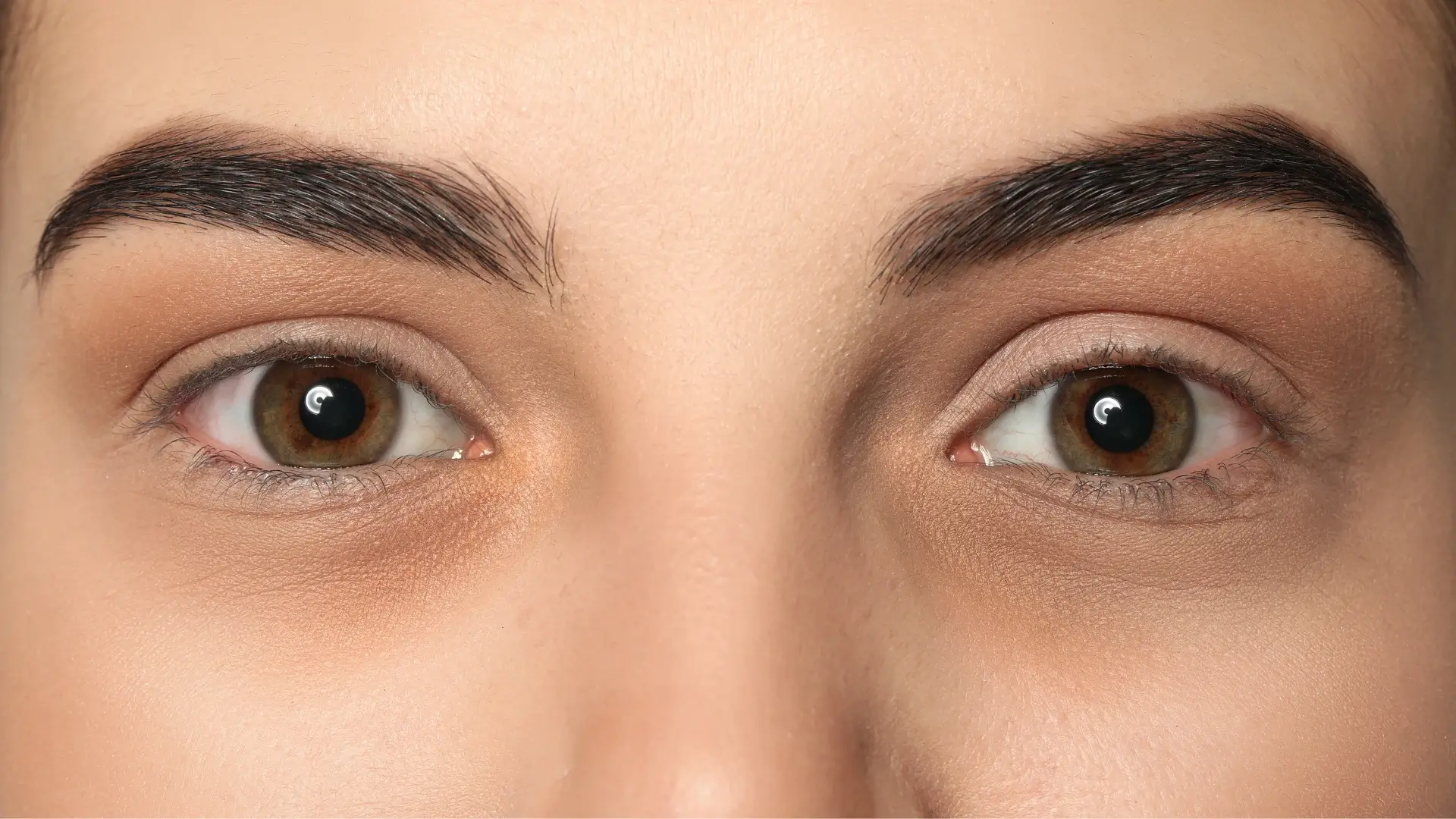Did you know that skin boosters offer a range of benefits beyond traditional hyaluronic acid fillers? This non-surgical treatment marks a significant advancement in dermatology, enhancing skin volume, addressing signs of aging, and improving various dermal conditions.
Skin boosters have gained the trust of medical professionals and patients for effectively addressing various skin concerns, particularly in the facial area. Providers frequently highlight the potency and unique formulations of Sunekos and Rejuran injectables, emphasizing their ability to deliver satisfactory skin results.
This article compares Sunekos and Rejuran treatments. It evaluates their ingredients, mechanisms of action, efficacy in skin rejuvenation, and suitability for different skin concerns, providing insights to help choose the appropriate treatment.
Key Takeaways
- Professional Dietetics developed the Sunekos skin booster in Italy, while PharmaResearch created the Rejuran Healer injectable in South Korea.
- Sunekos targets the extracellular matrix for skin bioregeneration for enhanced skin elasticity and hydration. In contrast, Rejuran Healer focuses on skin regeneration and tissue repair, improving texture and firmness.
- Although both Sunekos and Rejuran can address skin concerns for individuals in their early 20s and above and all skin types, individuals must seek medical advice.
- Understanding these comparisons in the suitability of Sunekos vs Rejuran empowers individuals to make treatment decisions.
About: Medica Depot is your trusted all-in-one supplier, offering a range of high-quality medical injectables and supplies. Buy Sunekos wholesale at Medica Depot today! Whether for health professionals, plastic surgeons, dermatologists, licensed estheticians, or other specialists, we can offer genuine, brand-name products you may need. With Medica Depot, we prioritize serving you better to improve the patient’s quality of life.
Introduction to Sunekos and Rejuran
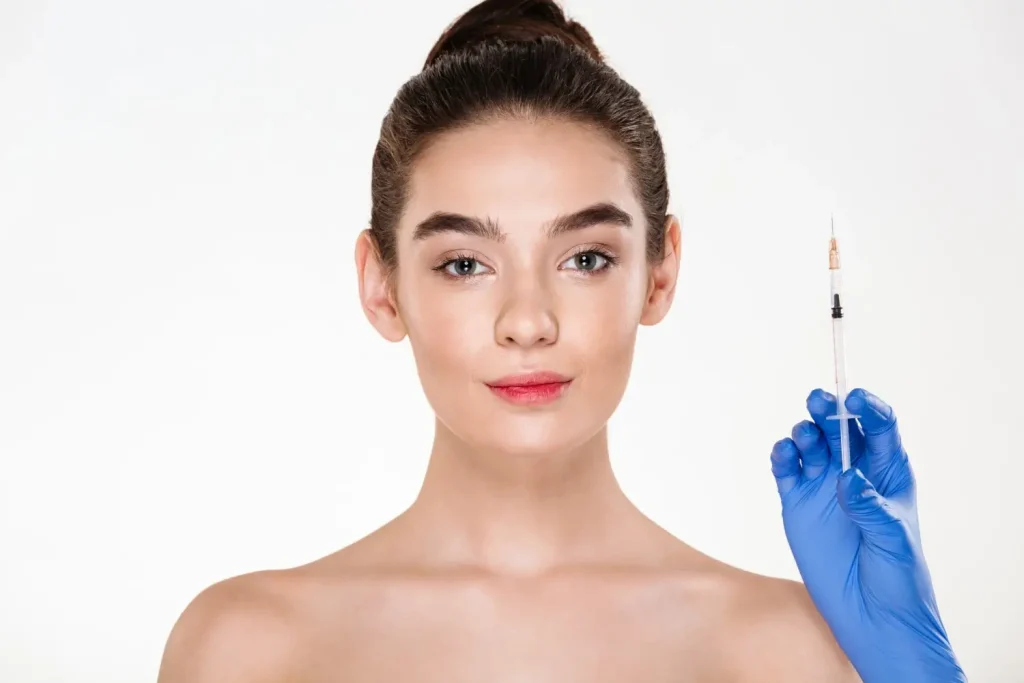
Sunekos and Rejuran are two innovative injectables that have gained significant traction in aesthetic medicine. Both treatments are designed to rejuvenate the skin by addressing common concerns such as signs of aging and fine lines and improving skin health. They offer a non-invasive approach, making them popular options for individuals seeking effective skin solutions without surgery.
As the demand for non-surgical cosmetic treatments continues to rise, injectables like Sunekos and Rejuran are increasingly chosen for their ability to enhance skin quality with minimal downtime. Their growing popularity can be attributed to the range of benefits they offer, including:
- Minimal to no downtime
- Quick, efficient procedures
- Improved skin quality and texture
- Reduced signs of aging
- Enhanced overall skin health
One of the common questions patients ask is, “How many Sunekos treatments” are needed for optimal results?” Typically, a full cycle consists of four sessions spaced seven to ten days apart. On the other hand, those considering Rejuran Healer might wonder,“How many sessions are required for Rejuran?” This treatment generally requires three to four sessions with a four-week interval between each.
Developed by Professional Dietetics in Italy, Sunekos focuses on boosting collagen and elastin production, while PharmaResearch in South Korea introduced Rejuran, which uses polynucleotides for deep skin healing. Despite their different approaches, both Sunekos and Rejuran provide advanced solutions to restore youthful radiance and improve skin health.
Ingredients and Mechanism of Action
Sunekos skin boosters capitalize on the combination of hyaluronic acid and a mix of amino acids (glycine, L-proline, L-leucine, L-lysine HCl, L-valine, and L-alanine) to stimulate collagen and elastin production in the skin. When administered, these ingredients stimulate fibroblasts to produce collagen and elastin, targeting the extracellular matrix and resulting in skin bioregeneration.
Meanwhile, Rejuran Healer utilizes polynucleotides (PN) derived from Salmon DNA. This injectable promotes skin regeneration and repair by stimulating cellular growth and enhancing elasticity. When injected into the dermis, its PN accelerates tissue repair and regeneration, improving skin texture, elasticity, and overall appearance.
They differ in their active ingredients, highlighting how they work in the skin. Sunekos targets the extracellular matrix for skin bioregeneration for enhanced skin elasticity and hydration. In contrast, Rejuran Healer focuses on skin regeneration and tissue repair, improving texture and firmness.
Efficacy in Skin Rejuvenation
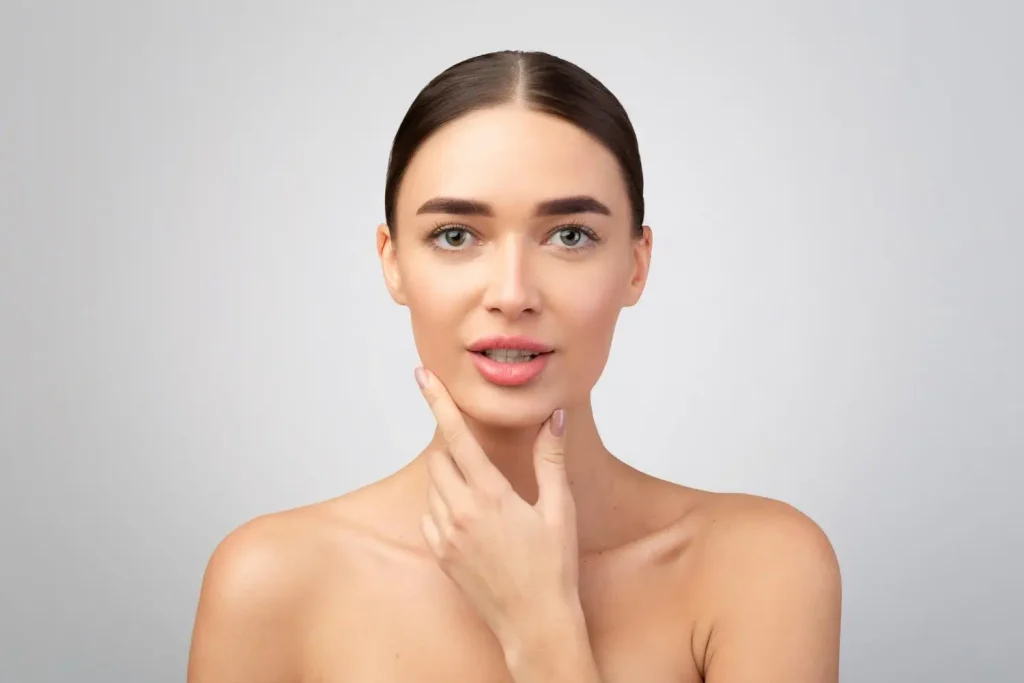
Clinical studies have demonstrated the effectiveness of Sunekos in addressing fine lines, wrinkles, and other aging signs. A study by Sparavigna & Tenconi (2016) showed improvements in clinical and subjective assessments and most objective measurements, starting from week 4 or 8 and lasting until week 16.
Enhancements in facial parameters aligned with the bioremodeling goals and remained significant throughout the study. Both investigators and volunteers rated Sunekos’s tolerability and safety as good or excellent. This supports the effectiveness of the stable hybrid complexes of low—and high-molecular-weight hyaluronic acid in bioremodeling.
A clinical study on Rejuran Healer involved four treatments, each two weeks apart. Results showed significant improvements in overall facial rejuvenation, including better hydration, fewer wrinkles, less sagging skin, and reduced pigmentation. These studies confirm Rejuran Healer’s effectiveness in revitalizing the skin, restoring elasticity, hydrating, and normalizing skin conditions.
Despite limited clinical studies available for Sunekos and Rejuran, these injectables provide high satisfaction in their respective patient reviews. Sunekos skin boosters treat and prevent skin aging and elastosis, reduce expression lines and thin wrinkles, and restore skin elasticity and natural volume. Rejuran effectively targets texture improvement, skin revitalization and normalization, and overall rejuvenation.
Suitability for Different Skin Concerns
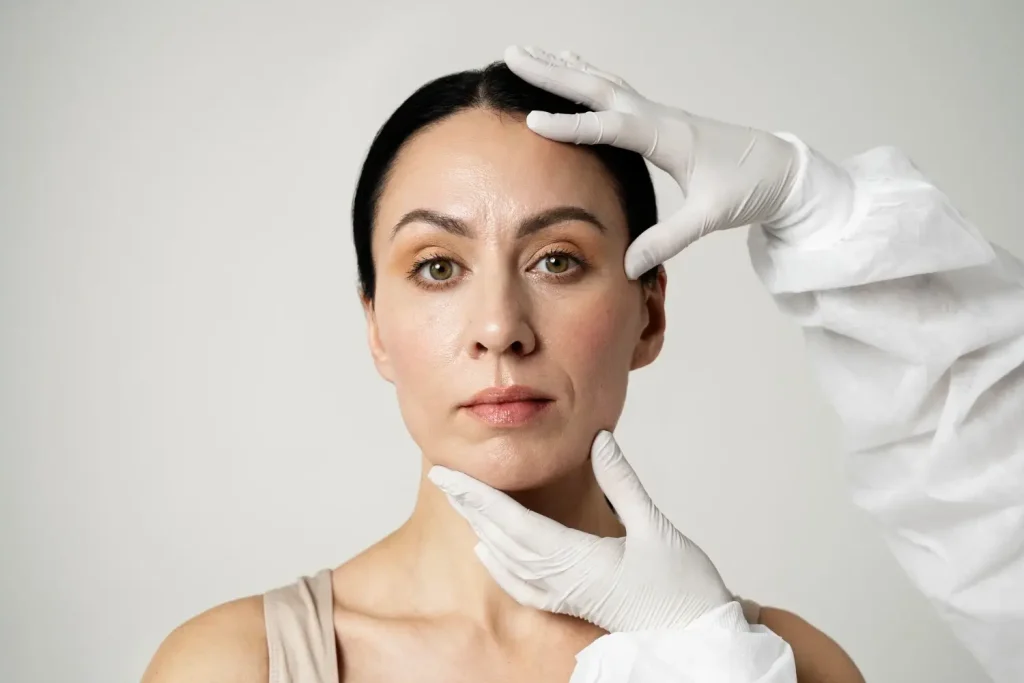
Although both Sunekos and Rejuran can address skin concerns for individuals in their early 20s and above and all skin types, individuals must seek medical advice. A thorough consultation with a qualified and licensed medical provider can help individuals determine the suitability of these injectables for their skin conditions and goals.
- Sunekos Suitability: Sunekos 200 works well for aging skin, sun damage, and acne scars. Its blend of hyaluronic acid and amino acids boosts collagen and elastin production, enhancing skin hydration and elasticity and reducing fine lines and wrinkles.
- Rejuran Suitability: Rejuran targets pigmentation, dullness, and uneven skin tone. Polynucleotides from salmon DNA drive skin regeneration, improving texture, hydration, and overall skin health.
Understanding these comparisons in the suitability of Sunekos vs Rejuran empowers individuals to make treatment decisions. Medical professionals must ensure they equip patients with the knowledge to build trust and increase satisfaction during and after their aesthetic treatments.
Conclusion
The comparison of Sunekos vs Rejuran showcases both as innovative, minimally invasive treatments for skin rejuvenation. Each offers unique benefits, addressing skin concerns with efficient results and little downtime. Their distinct ingredients and mechanisms of action provide different approaches to skin rejuvenation.
As aesthetic treatments grow in popularity, Sunekos and Rejuran stand out as advanced options for improving skin quality and combating aging signs. Backed by clinical efficacy, they offer reliable solutions for achieving a youthful, revitalized appearance.
FAQs
1. What are the key differences between Sunekos and Rejuran treatments?
Sunekos targets the extracellular matrix for skin bioregeneration, enhancing skin elasticity and hydration, while Rejuran focuses on skin regeneration and tissue repair, improving texture and firmness.
2. How many treatments are required for Sunekos and Rejuran?
Sunekos treatments require four sessions, spaced seven to ten days apart, while Rejuran typically needs three to four sessions with a four-week interval.
3. What are the main benefits of Sunekos and Rejuran treatments?
Both treatments offer minimal to no downtime, a quick procedure, improved quality of life, enhanced skin health, and the ability to address aging signs and specific conditions.
References
- Yi, K. H., Winayanuwattikun, W., Kim, S. Y., Wan, J., Vachatimanont, V., Putri, A. I., Hidajat, I. J., Yogya, Y., & Pamela, R. (2024). Skin boosters: Definitions and varied classifications. Skin research and technology: official journal of International Society for Bioengineering and the Skin (ISBS) [and] International Society for Digital Imaging of Skin (ISDIS) [and] International Society for Skin Imaging (ISSI), 30(3), e13627. https://doi.org/10.1111/srt.13627
- REJURAN® PN (polynucleotides). (n.d.). Medicaljj.net. Retrieved September 19, 2024, from https://medicaljj.net/wp-content/uploads/2020/09/REJURAN.pdf
